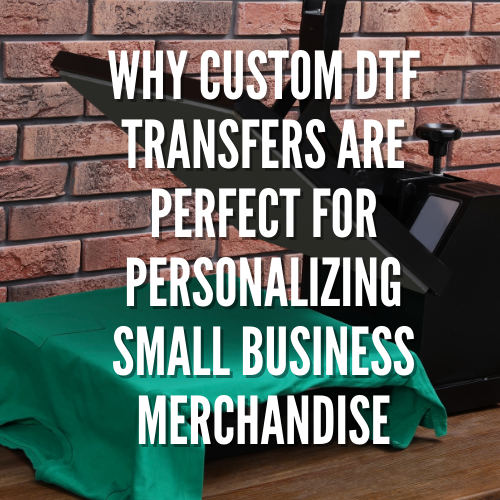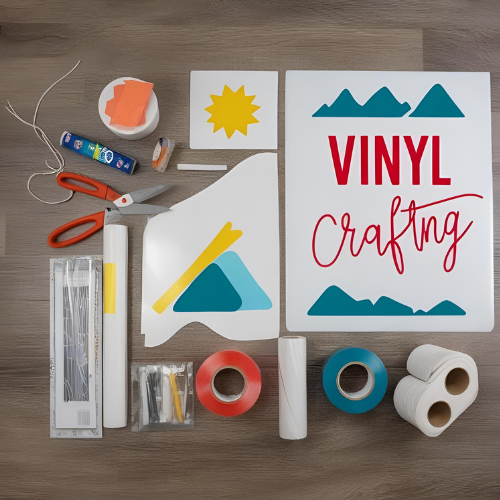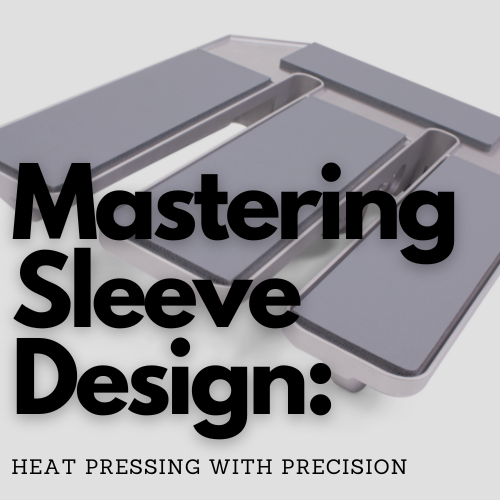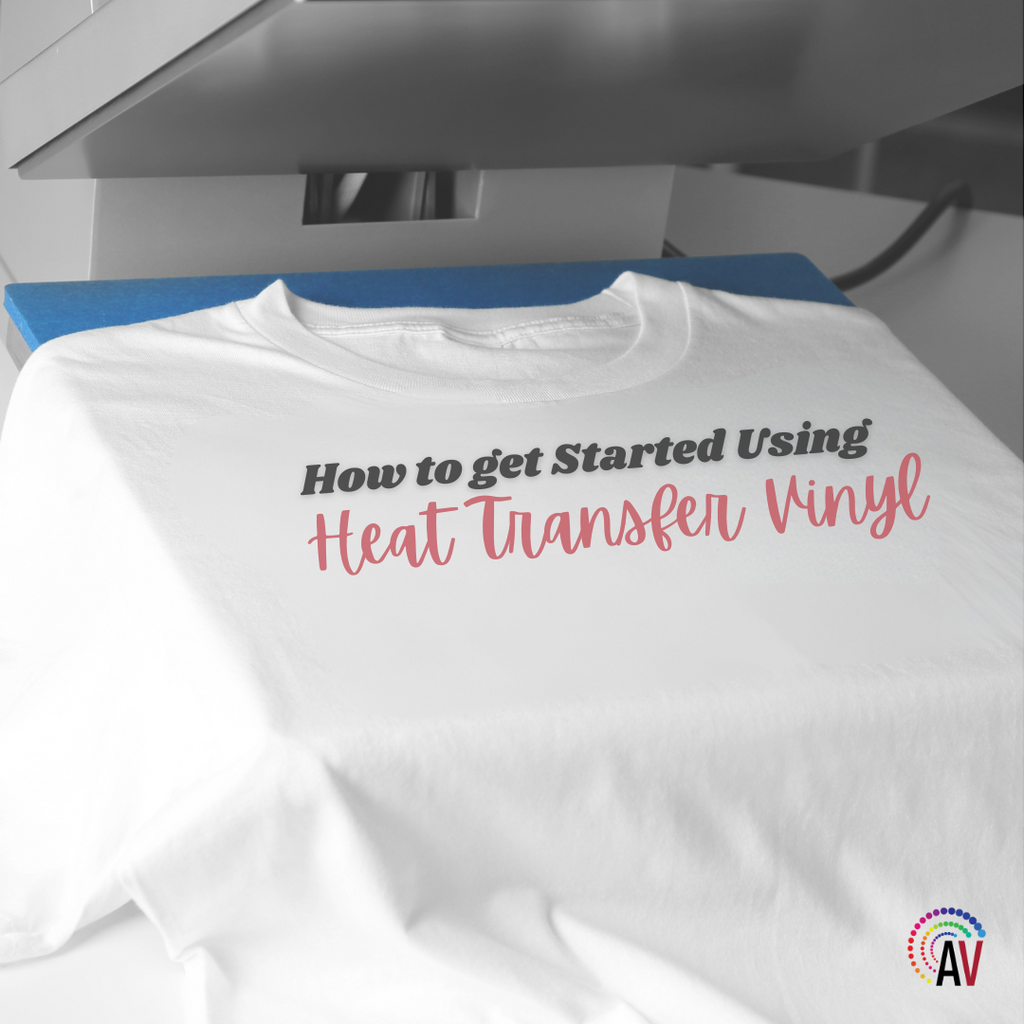No Products in the Cart
News filter by heat transfer vinyl
Why Custom DTF Transfers Are Perfect for Personalizing Small Business Merchandise
Custom Direct-to-Film (DTF) transfers are a game-changer for small businesses looking to personalize merchandise. From their unmatched durability and vibrant colors to their cost-effectiveness for small-scale production, DTF transfers make it easy to create professional-quality products like t-shirts, tote bags, and aprons. Discover why DTF transfers are the ideal solution for branding your small business with high-quality, eye-catching designs.
The Full Glossary of Vinyl Crafting Terms for Beginners
New to vinyl crafting? This beginner's glossary breaks down essential terms like "carrier sheet," "weeding," and "transfer tape," helping you start with confidence!
Mastering Sleeve Design: Heat Pressing with Precision
Transform ordinary garments into standout pieces with the art of applying heat transfer graphics to sleeves. This blog dives into must-know techniques, explores heat press options tailored for sleeve designs, and shares step-by-step instructions for flawless application. Whether you're a seasoned pro or just starting out, you'll learn tips for alignment, pressure, and temperature settings to get professional results every time. Get ready to elevate your creativity and turn every sleeve into a canvas for unique, eye-catching designs!
What are Press Pillows and PTFE Sheets and When Should They be Used?
Heat press pillows and PTFE sheets are essential tools for achieving flawless HTV applications on custom apparel. Heat press pillows ensure even pressure distribution, preventing marks from seams or buttons while enhancing adhesion. PTFE sheets act as a protective layer, safeguarding garments and the heat press while delivering a smooth, professional finish. By using these tools effectively, you can elevate the quality and consistency of your fabric printing projects with ease.
How to Determine the Cut Side of Heat Transfer Vinyl: A Simple Guide
Figuring out the correct cut side of Heat Transfer Vinyl (HTV) is essential to avoid wasting material and ensure successful projects. HTV has two layers—the glossy carrier sheet and the matte vinyl layer, with cutting done on the latter. Methods like visual inspection, the peel test, light reflection, and texture feel can help identify the cut side accurately. Manufacturer's guidelines and proper machine setup, such as placing the HTV shiny side down and mirroring designs, are also crucial steps.
How to Get Started Using Heat Transfer Vinyl
Heat Transfer Vinyl (HTV) is a versatile material perfect for customizing fabrics like t-shirts, bags, and hats, making it a favorite for crafters and small businesses. Unlike screen printing, HTV offers flexibility for personalized, small-batch designs. The blog outlines the essential materials needed—vinyl, a cutting machine, weeding tools, and a heat press—along with detailed steps for designing, cutting, and applying HTV. It also includes practical tips, like performing test cuts and using high-quality materials, to ensure successful projects. With a bit of practice and the right tools, anyone can create professional custom designs with ease.





